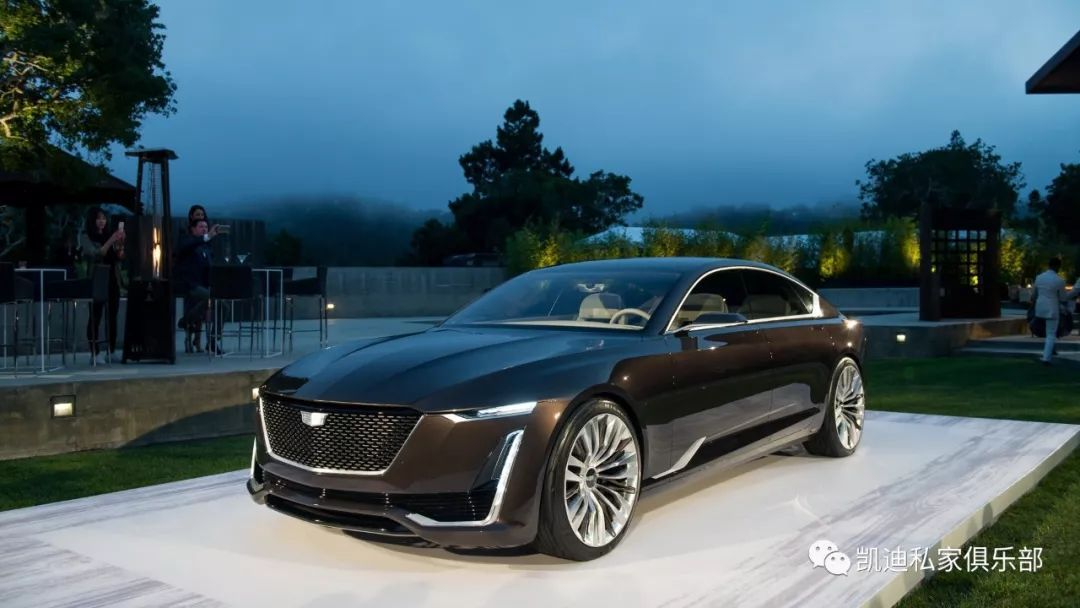In the process of this research, the visual cabin evaluation of flagship models is an important part of assessing car companies. This actually includes three parts: screens, cabin controller hardware, and software systems. I think it’s better to start with the general and evaluate the progress of traditional car companies in this field by looking at the history of their cabin systems. As shown below, we can divide General Motors’ cabin into several generations, called Next Generation Infotainment when divided, specifically iterated three generations to the 2020 system. In reality, what really sets it apart is the 38-inch curved OLED screen (divided into three sections) on the 2021 Escalade, which is called Infotainment 3.5 for this generation of system. Then the Lyriq’s display screen on subsequent pure electric vehicle platforms is composed of a 5-inch, 33-inch curved display.
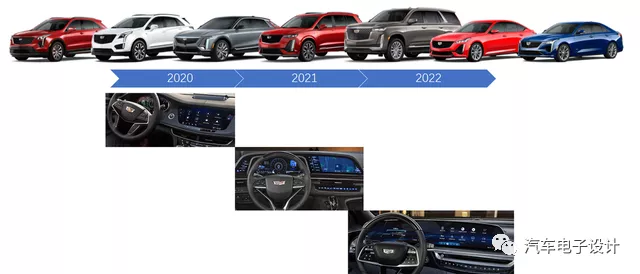
Composition and Function of the Three Curved Screens
This OLED display is divided into three parts (14.2 inches, 7.2 inches, and 16.9 inches) all support AR perspective. The 16.9-inch CID screen on the right supports touch, and in a sense, this design still comes from the era of functional design. Functionally, the middle is the instrument (light display), the right is the central information display (CID), and the left is vehicle control (HUD, night vision system, and instrument control).
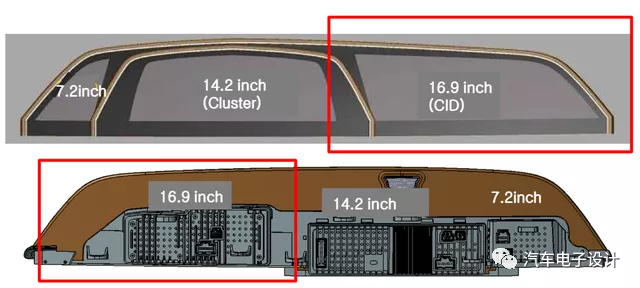
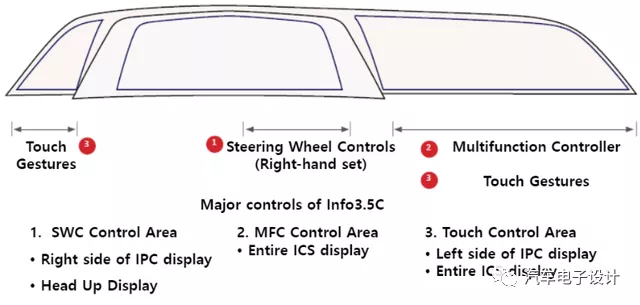
This picture has a relatively clear explanation. The screens on the left and right can be operated by gesture and touch. The instrument in the middle and the CID are mainly controlled by the touchpad and knob on the armrest. The instrument has four modes (normal, navigation, night vision, and AR navigation).

This is the main parameter of the 16.9-inch CID screen, compared with the LCD screen, the contrast of OLED has been greatly improved, and it can be seen more clearly in strong light environments in the car.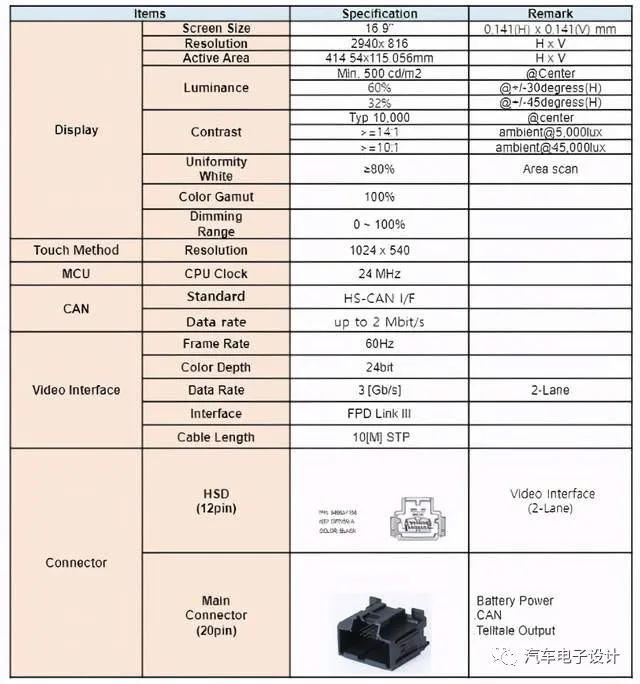
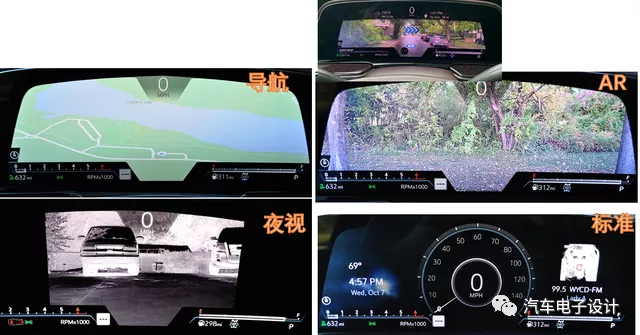
Hardware Disassembly
As shown in the figure below, there are three boards around the screen design.
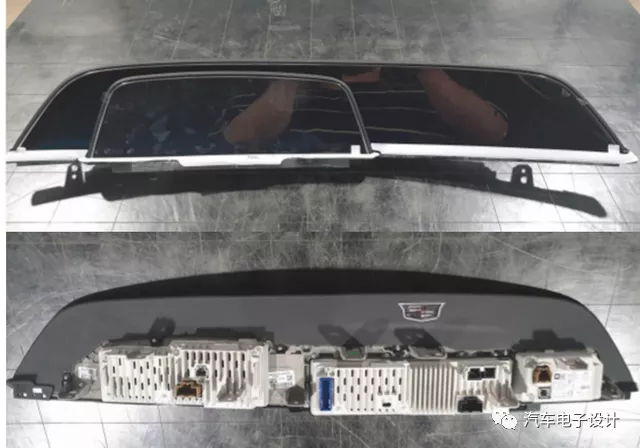
The internal screen driver boards mainly consist of three boards corresponding to CID board, dashboard, and control board. The main role of these boards is communication and touch response, and the main control is still the system functions implemented in AVN.
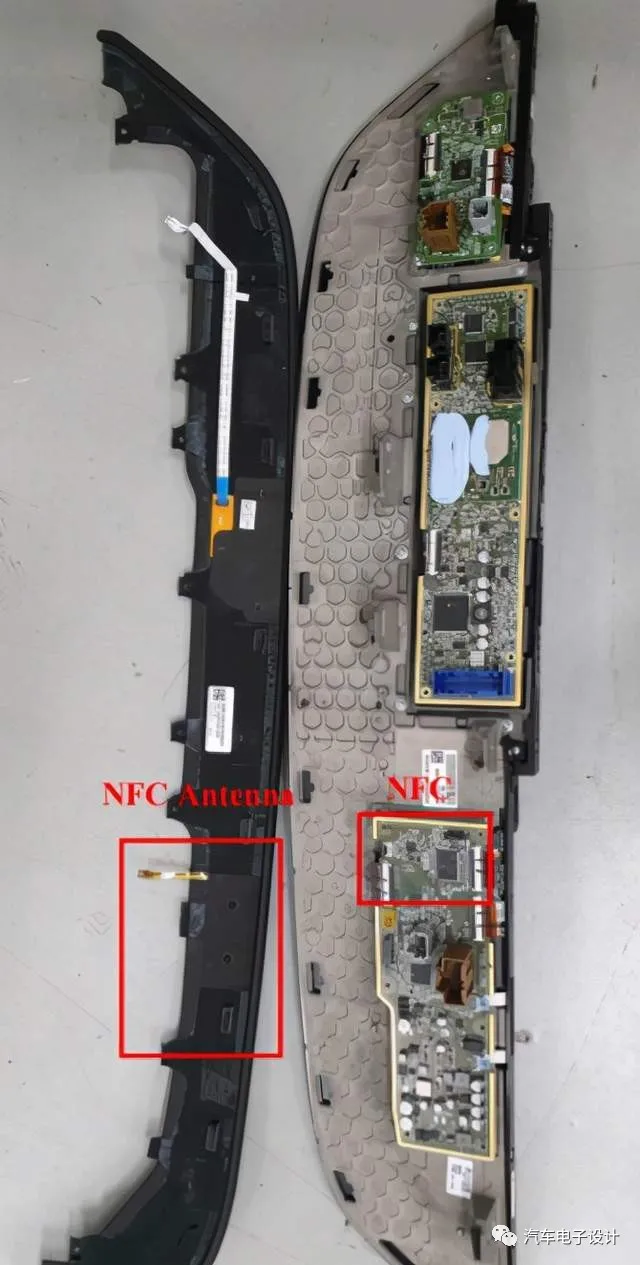
1) CID’s PCB
As shown in the figure below, it mainly includes Cypress’s screen control and a 24MHz main control MCU in the middle. The specifications of the two connectors on the top are also explained. One is a 12-pin image connector, and the other is a 20-pin connector that connects the battery and high-speed HS-CAN signals.
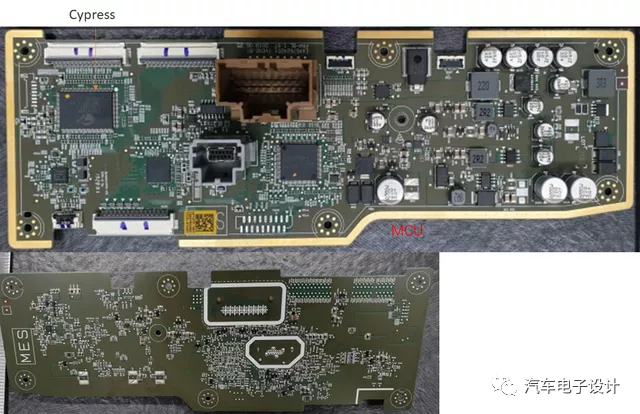

2) Left small control board
The left small PCB board mainly consists of two boards. One is the Cypress touch and gesture control chip, and the other is the LG TLi2464nch screen driver chip below the screen.
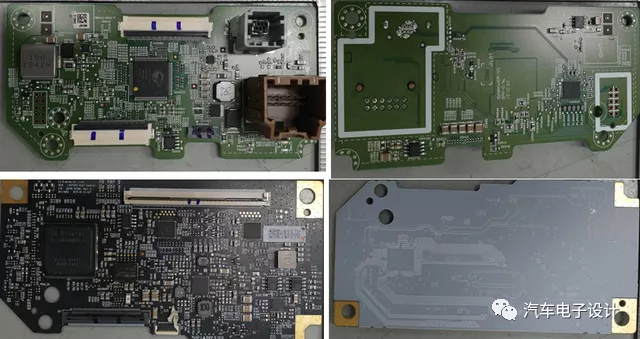
3) Dashboard
The dashboard PCB contains a complete control system, and the main chip is Intel’s Apollo Lake series A3940, including Micron’s 8GB DRAM, integrated on a middle mainboard.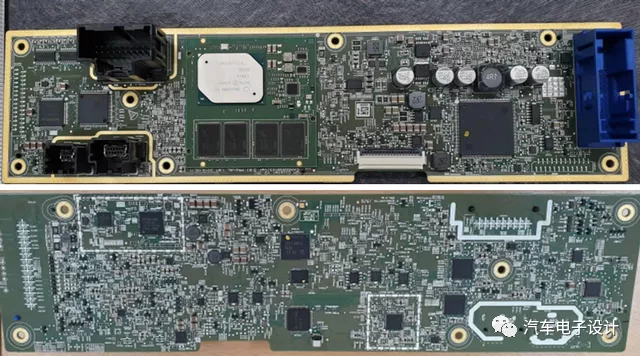
This design is actually a transitional design that integrates several designs previously separated in NGI3 into one assembly. According to the information announced by the industry, it will adopt Qualcomm’s chip and import the integrated controller of Virtual Cockpit.
Summary: It is interesting to look at these materials, but only some simple introductions can be found online. It is difficult to delve deeper.
This article is a translation by ChatGPT of a Chinese report from 42HOW. If you have any questions about it, please email bd@42how.com.
